The Last Witch Persecuted in England marks a somber chapter in British history, symbolizing the end of a brutal era of superstition and fear. In 1682, the execution of individuals accused of witchcraft in Bideford, Devon, represented not only the final act of state-sanctioned witch hunts in England but also a reflection of deep-seated societal anxieties. This article delves into the historical, social, and cultural dimensions of this event, exploring how it encapsulated centuries of persecution and paved the way for enlightenment and reform.
The Witch Hunts in England: A Historical Overview
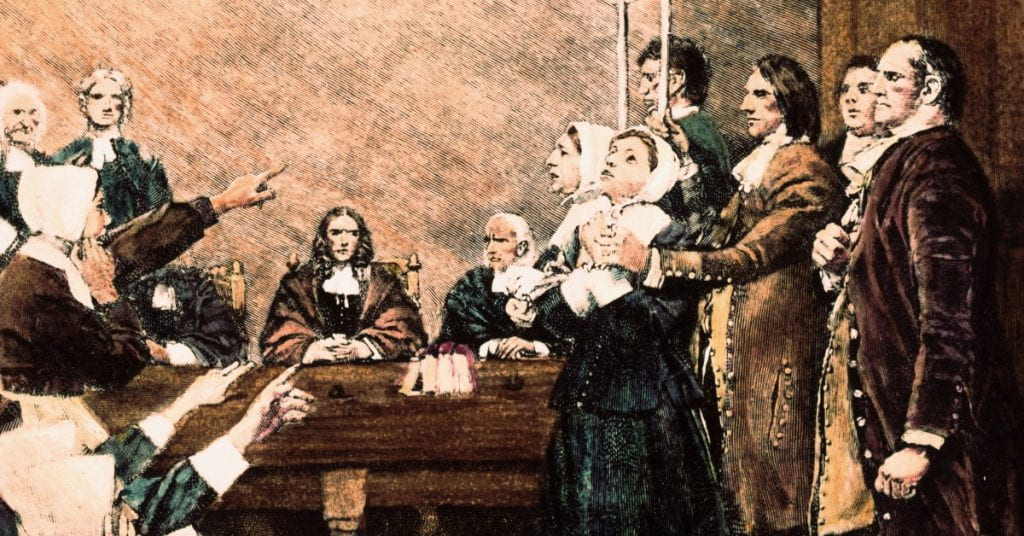
The witch hunts in England were not isolated incidents but part of a broader European phenomenon that spanned centuries, driven by fear, religion, and social upheaval. This era saw thousands accused, tortured, and executed under the guise of eradicating supposed evil, with England’s persecutions mirroring continental trends while maintaining unique characteristics shaped by its legal and cultural landscape. Understanding this backdrop is crucial to appreciating The Last Witch Persecuted in England, as it highlights the cumulative effects of superstition and authority that culminated in the 1682 Bideford trials.
Origins of Witch Persecutions in England
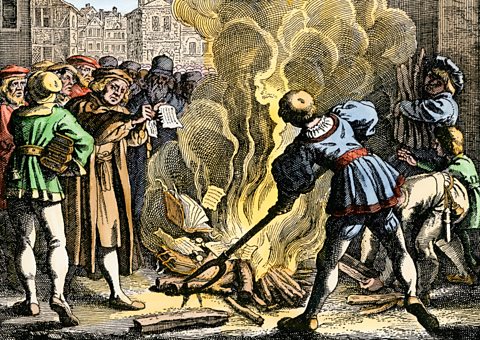
Witch persecutions in England can be traced back to the late Middle Ages, with early cases emerging in the 14th century amid a growing Christian emphasis on combating heresy and demonic influences. The belief in witches as servants of the devil gained traction following the publication of influential texts like the “Malleus Maleficarum” in 1487, which, although primarily Continental, influenced English thought through translations and shared religious networks. In England, the legal framework for witch trials was established with the Witchcraft Act of 1542 under Henry VIII, which criminalized invoking evil spirits and set the stage for widespread accusations.
By the 16th century, witch hunts intensified during periods of instability, such as the English Civil War, where social chaos amplified fears of malevolent forces. Accusations often targeted marginalized individuals, including the poor, elderly women, and those with unconventional behaviors, reflecting deeper societal tensions. The involvement of local magistrates and church officials in investigations meant that personal vendettas could escalate into formal trials, with methods like swimming tests or pricking for the devil’s mark used to extract confessions. This period laid the foundation for The Last Witch Persecuted in England, demonstrating how systemic biases and fear-mongering perpetuated a cycle of violence.
The peak of witch hunts in England occurred during the 1640s under Matthew Hopkins, the self-proclaimed “Witchfinder General,” who claimed responsibility for hundreds of executions. His methods, including sleep deprivation and forced confessions, highlighted the brutality of the system. Yet, as the 17th century progressed, a gradual shift towards skepticism emerged, influenced by the Scientific Revolution and Enlightenment ideas. This transition set the scene for the decline, leading to the final persecutions in 1682, where the last vestiges of this dark era played out in a small Devon town.
Peak Periods and Major Trials
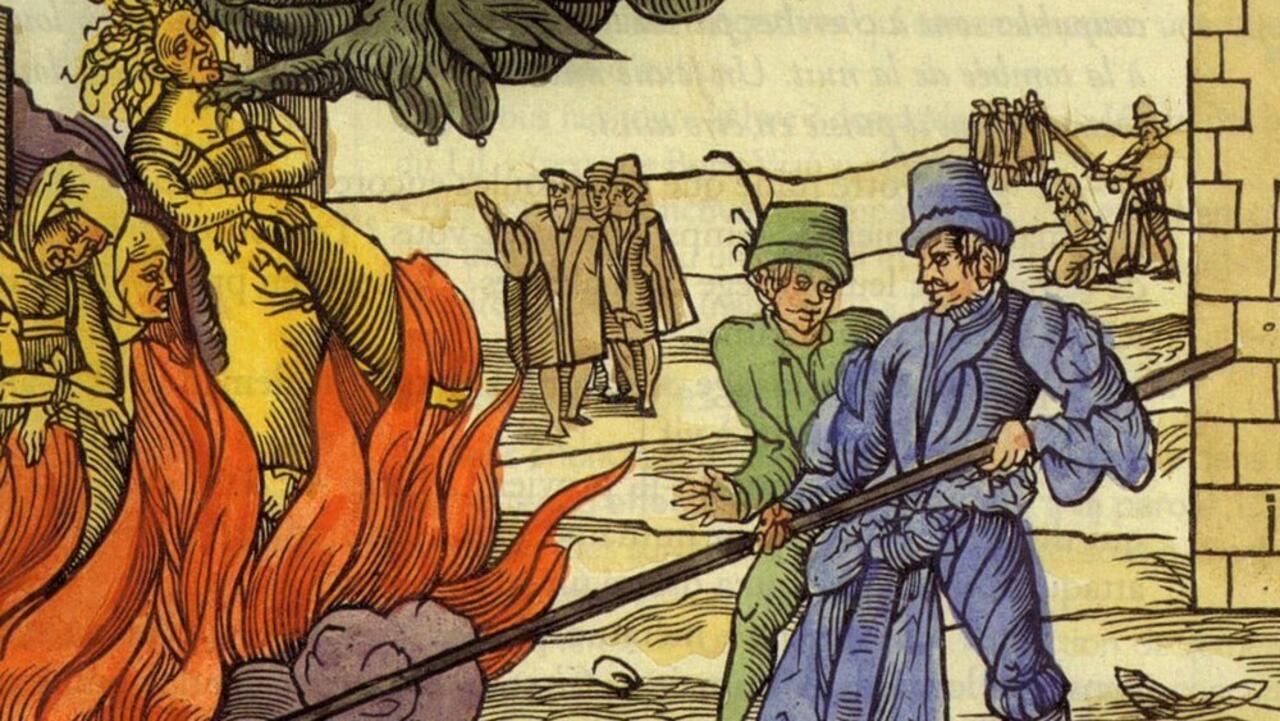
The 1640s stand out as a particularly vicious phase in English witch hunts, with trials spreading across counties like Essex and East Anglia. Matthew Hopkins’ campaigns alone are estimated to have resulted in nearly 300 executions, fueled by a combination of religious fervor and political instability during the English Civil War. Trials were often spectacle-like events, drawing crowds and reinforcing community bonds through shared outrage, even as they masked underlying economic rivalries and social conflicts.
In addition to Hopkins, other notable figures and events shaped this peak. For instance, the Lancaster witch trials of 1612 involved the infamous Pendle witches, where ten people were executed based on spectral evidence and child testimony. Such cases underscored the reliance on dubious evidence and the vulnerability of the accused, many of whom were women. The role ofthe church cannot be overstated; it was often complicit in the witch hunts, framing them as necessary acts of purifying society. The interplay between religious authority and local governance created a climate ripe for persecution, wherein accusations could easily spiral into tragic ends.
As the public grew more aware of these trials and their implications, dissent began to surface. Skepticism towards the validity of witchcraft claims increased, leading to greater demand for rational evidence and fair treatment of the accused. This shift would eventually contribute to the decline of witch hunts in England, culminating in the final events that took place in Bideford.
The Role of Gender in Witch Persecutions
One of the most striking aspects of witch hunts in England is their gendered nature. A significant majority of those accused were women, reflecting societal attitudes and fears about female agency and sexuality. This pattern can be observed throughout history, where women who deviated from the norm—whether due to age, marital status, or behavior—became prime targets.
Women as Scapegoats
Women were often viewed through a lens of suspicion and vulnerability, especially during periods of economic hardship or social unrest. They became scapegoats for broader societal anxieties, such as familial disputes, agricultural failures, or communal tensions. Accusations against women frequently stemmed from pre-existing grievances, with neighbors using witchcraft claims as a means to settle scores.
These dynamics highlight the intersection of gender and power: women who possessed knowledge of herbal remedies or healing practices were sometimes labeled as witches, illustrating how traditional wisdom could be demonized in an environment steeped in fear. Moreover, widows or unmarried women were particularly at risk, as their independence threatened patriarchal structures and customs established within communities.
The Specter of Female Power
The fear of female power and autonomy permeated the witch hunts, epitomizing a broader societal struggle to control women’s roles. Many accused witches were portrayed as seductresses or malevolent figures wielding unnatural influence over men or children. This characterization reveals how societal norms dictated women’s behavior, with punishments serving as cautionary tales against defiance.
Not only did the trials reflect fears surrounding women’s independence, but they also reinforced patriarchal hierarchies by positioning women as inherently suspect. These narratives about women functioning outside accepted bounds contributed to long-lasting stereotypes, which continued well beyond the era of witch hunts.
The Bideford Trials: Events Leading to the Last Execution
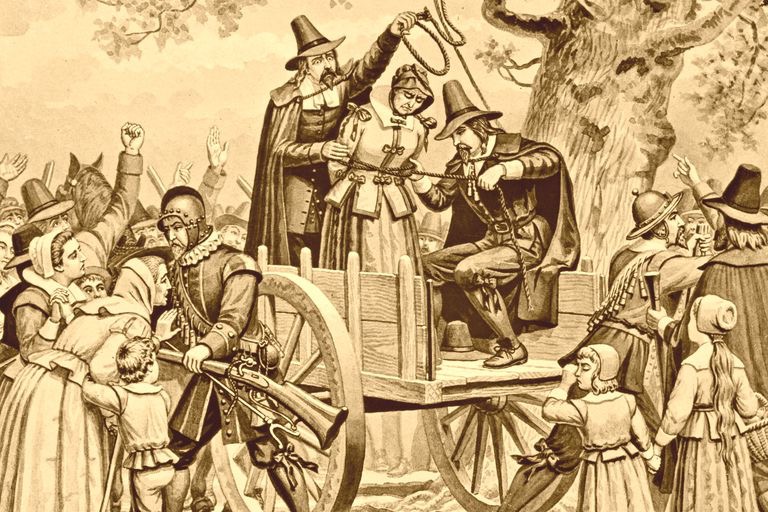
The Bideford trials of 1682 represent the culmination of a centuries-long saga of witchcraft accusations in England, marking a pivotal moment in the historical landscape. This section explores the specific circumstances surrounding these trials, analyzing the key players, motives, and societal reactions that led to the last execution of a supposed witch in England.
The Context of Bideford in 1682
Bideford, a quaint town in Devon, emerged as the backdrop for the last witch trials in England against a complex tapestry of social and economic factors. By the late 17th century, the community was grappling with challenges typical of post-civil war England, including economic strife and shifting social dynamics.
The town’s economy relied heavily on maritime trade, and disruptions due to political instability had heightened tensions among its inhabitants. The loss of livelihoods and increased competition fostered paranoia, creating fertile ground for witchcraft accusations to take root. Distrust permeated relationships, leading individuals to seek explanations for misfortunes, often through the lens of superstition.
Key Figures in the Trials
Several crucial figures played instrumental roles in the Bideford trials. Among them was Grace Thomas, a widow accused of witchcraft, whose case ultimately ignited public interest and fervor. Her background as an outsider—a woman without a husband’s protection—painted her as a target, emphasizing the precarious position of women in this society.
Local magistrates and clerics became involved in the trials, perpetuating the cycle of accusation and conviction. Their authority lent credibility to the proceedings and greatly influenced community perceptions. As seemingly legitimate representatives of law and religion, their participation underscored the intertwining of secular and sacred systems in adjudicating matters of witchcraft.
Legal Framework and Trial Proceedings
The legal framework governing witchcraft in England by this period included provisions from earlier Witchcraft Acts, which enabled swift trials based on limited evidence and dubious claims. Such laws prioritized efficiency in dealing with perceived threats rather than justice or due process.
In Bideford, trial proceedings mirrored earlier witch hunts, with testimonies focusing on spectral evidence and confessions extracted under duress. The notorious practice of pressing the accused for guilt—through torture or coercion—was employed to elicit admissions of guilt, ensuring that the trials maintained a facade of legality. The frenzied atmosphere surrounding accusations rendered the trials almost spectacle-like, stripping away the humanity of the accused and reducing them to mere symbols of evil.
Public Reaction and Aftermath
The Bideford trials polarized public opinion, leading to diverging responses within the community. On one hand, some residents rallied behind the notion of rooting out evil, reinforcing the belief that witchcraft posed a real and present danger. On the other hand, a growing wave of skepticism emerged as reports of wrongful executions circulated.
The backlash against the trials highlighted an evolving awareness about the moral implications of witch hunts. Questions regarding fairness, ethics, and the utility of the existing legal system began to surface. This sentiment marked a turning point, as it indicated an increasing unwillingness to accept sensationalist accusations as justification for capital punishment.
The aftermath of the Bideford trials eventually heralded a significant decline in witch hunts across England. Legislative changes and the growing influence of Enlightenment thought paved the way for a reimagined legal approach to accusations, thereby diminishing the possibility of future persecutions.
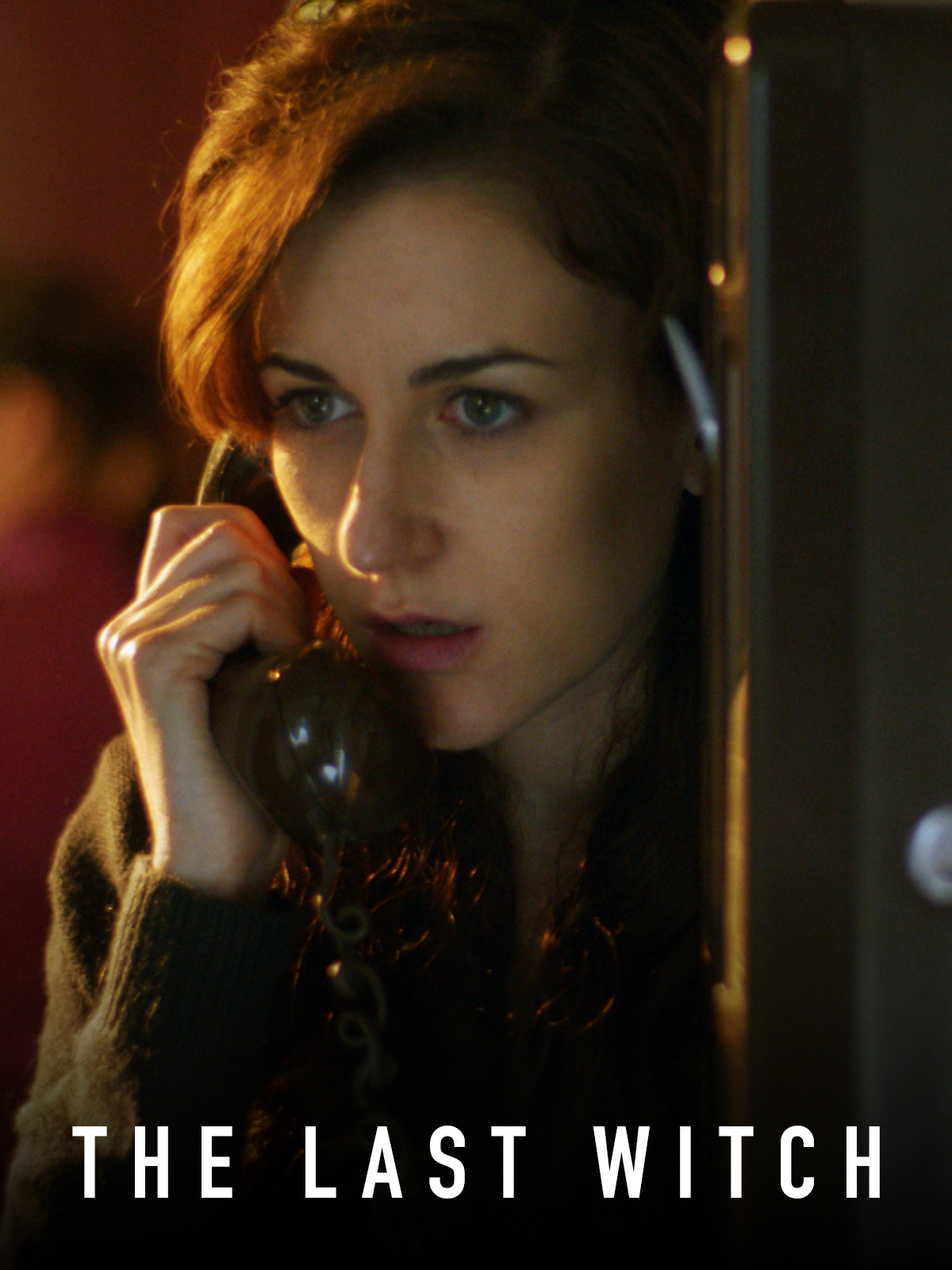
The story of The Last Witch Persecuted in England serves as a poignant reminder of the dangers inherent in unchecked superstition and societal hysteria. Through the examination of witch hunts in England, we uncover the potent mix of fear, gender dynamics, and socio-political factors that fueled a dark chapter in history. The Bideford trials crystallized an era marked by injustice and violence, yet they also signify the beginnings of change, where enlightenment and reason began to eclipse the shadows of ignorance and fear. Understanding this legacy is vital not only for appreciating the past but also for recognizing the enduring social narratives that continue to shape our world today.

GIPHY App Key not set. Please check settings